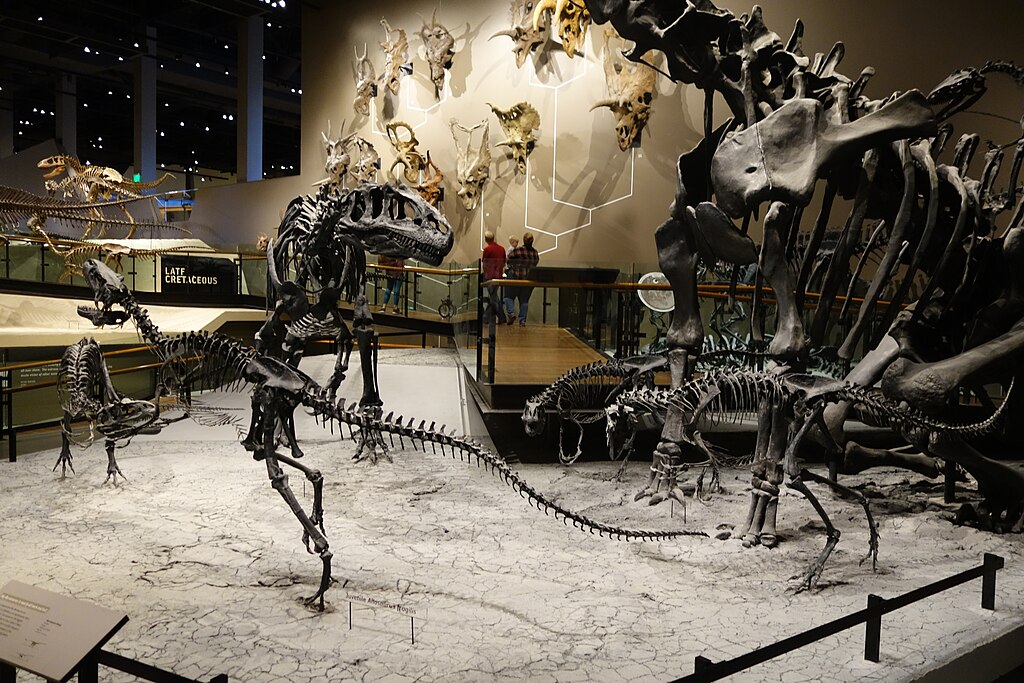The world of paleontology has captivated the human imagination since the first dinosaur fossils were scientifically described in the early 19th century. While museum exhibits showcase impressive skeletal reconstructions, books offer a more intimate and comprehensive exploration of these magnificent prehistoric creatures. Certain authors have distinguished themselves through their exceptional ability to communicate complex scientific concepts while maintaining narrative engagement. Their works stand as essential additions to any science enthusiast’s collection, combining rigorous research with accessible prose that brings extinct worlds vividly to life. The following five writers have produced dinosaur books that transcend mere description, offering readers profound insights into Earth’s Mesozoic past and the ongoing scientific quest to understand it.
Robert T. Bakker: The Revolutionary Paleontologist-Author

Dr. Robert T. Bakker stands as one of the most influential and controversial figures in modern paleontology, with his 1986 masterpiece “The Dinosaur Heresies” remaining a watershed publication in dinosaur literature. This groundbreaking work challenged the then-prevailing view of dinosaurs as sluggish, cold-blooded creatures, instead presenting compelling evidence for active, warm-blooded animals that dominated their ecosystems through superior physiology and behavior. Bakker’s distinctive writing style combines rigorous scientific analysis with an almost poetic enthusiasm for his subjects, making complex paleontological concepts accessible to general audiences. His illustrations, featuring dynamic, muscular dinosaurs in active poses, revolutionized dinosaur imagery and continue to influence how we visualize these animals today. Beyond his technical contributions, Bakker’s work helped spark the “Dinosaur Renaissance” that transformed both scientific and popular understanding of these creatures in the late 20th century.
Stephen Jay Gould: The Eloquent Evolutionary Biologist
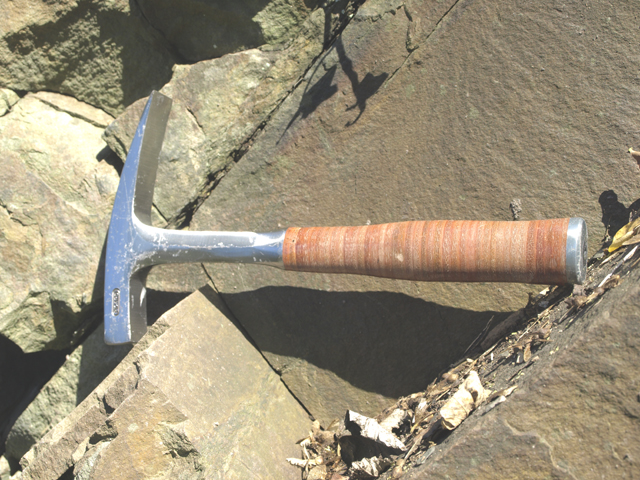
While not exclusively focused on dinosaurs, Stephen Jay Gould’s contributions to paleontological literature deserve special recognition for their exceptional blend of scientific rigor and literary elegance. His essay collection “Bully for Brontosaurus” explores numerous dinosaur-related topics with Gould’s characteristic intellectual depth and stylistic grace. Particularly noteworthy is his examination of how cultural perspectives influence scientific interpretation, exemplified in his analysis of changing Tyrannosaurus rex reconstructions throughout the 20th century. Gould excelled at placing dinosaur studies within broader contexts of evolutionary theory and the philosophy of science, revealing how these ancient creatures illuminate fundamental principles of biological development and adaptation. His essays often use dinosaurs as entry points for discussions of scientific methodology, revealing how paleontologists reconstruct prehistoric worlds from fragmentary evidence. Few writers have matched Gould’s ability to simultaneously educate readers about dinosaurs while challenging them to think more deeply about the nature of scientific knowledge itself.
Jack Horner: The Field Revolutionist and Public Educator
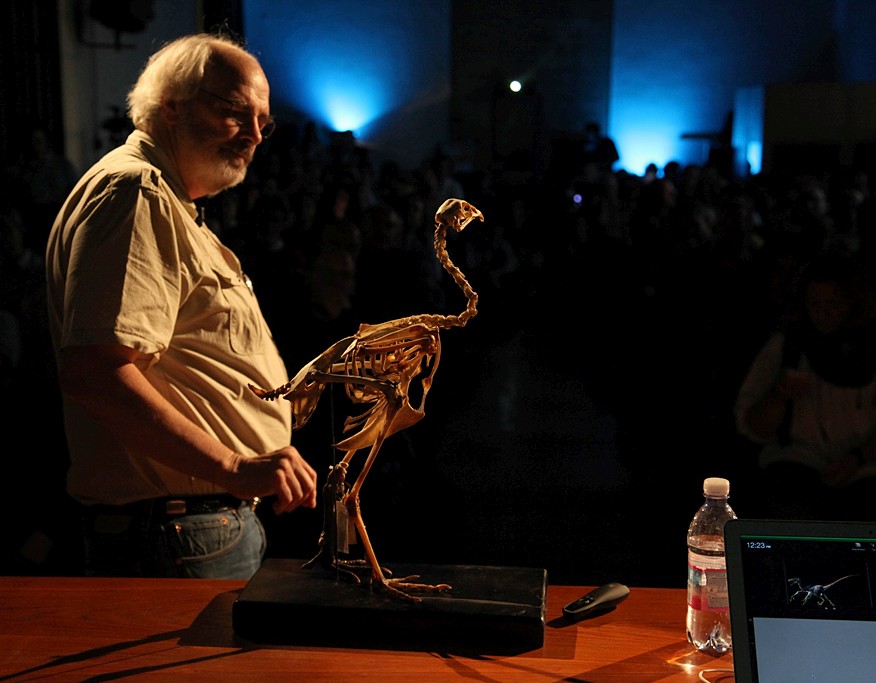
Jack Horner’s contributions to dinosaur literature blend groundbreaking scientific research with exceptional public outreach, making his books essential reading for dinosaur enthusiasts. His most influential work, “Digging Dinosaurs,” chronicles the discovery of Maiasaura nesting grounds in Montana—findings that revolutionized understanding of dinosaur reproductive behavior and parental care. Horner’s writing distinguishes itself through its emphasis on the process of paleontology, taking readers into the field to experience the challenges and excitement of fossil excavation firsthand. His accessible explanations of complex research methodologies reveal how scientists reconstruct dinosaur biology and behavior from fossil evidence, demystifying paleontological practice for general audiences. Horner’s later works, including “How to Build a Dinosaur,” explore cutting-edge concepts in evolutionary developmental biology, including the famous “chickenosaurus” thought experiment that examines the genetic connections between modern birds and their dinosaur ancestors. His collaborative approach to writing, often working with science writers to refine his messaging, has created books that maintain scientific accuracy while remaining engaging and accessible.
Steve Brusatte: The Modern Dinosaur Chronicler
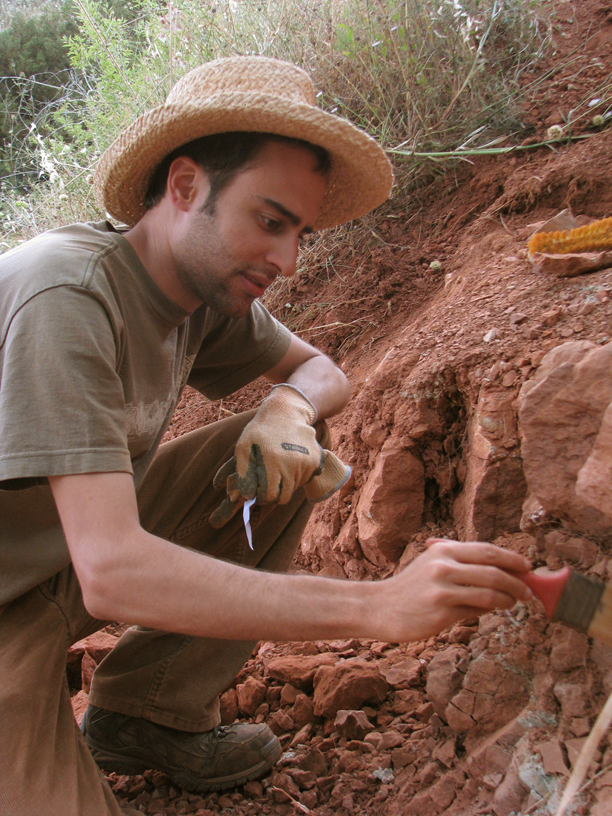
Steve Brusatte represents the current generation of paleontologist-authors, combining comprehensive scientific knowledge with exceptional narrative skill in his bestselling book “The Rise and Fall of the Dinosaurs.” This ambitious work synthesizes the last three decades of revolutionary dinosaur discoveries into a coherent and compelling narrative spanning the entire Mesozoic Era. Brusatte excels at contextualizing dinosaur evolution within Earth’s changing environments, explaining how geological and climatic shifts influenced dinosaur diversification, adaptation, and eventual extinction. His writing brings prehistoric landscapes to life through vivid descriptions that help readers visualize ancient ecosystems in remarkable detail. What distinguishes Brusatte’s approach is his integration of personal fieldwork experiences alongside profiles of leading paleontologists, revealing the human stories behind major scientific discoveries. His ability to explain complex concepts like cladistics and molecular paleontology in accessible terms makes cutting-edge dinosaur science comprehensible to non-specialists. Brusatte’s work stands as an essential contemporary overview of dinosaur paleontology that balances scientific depth with narrative engagement.
David Norman: The Technical Explainer
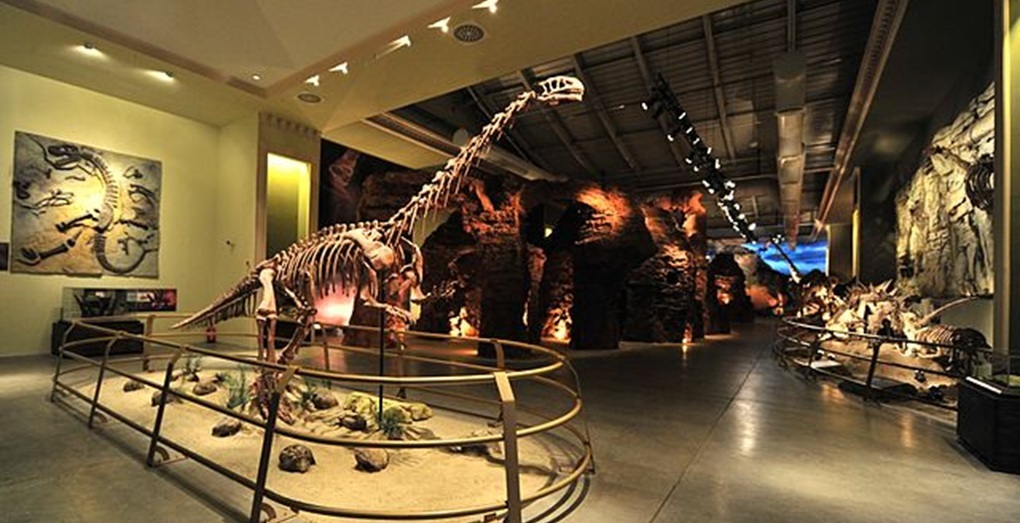
David Norman’s contributions to dinosaur literature represent the gold standard for comprehensive, technically rigorous works that remain accessible to dedicated lay readers. His landmark encyclopedia “The Illustrated Encyclopedia of Dinosaurs” established new standards for the visual presentation of paleontological information, combining detailed anatomical illustrations with clear explanations of dinosaur biology and evolution. Norman excels at methodically explaining the evidence behind scientific interpretations, carefully distinguishing between well-established facts and more speculative reconstructions. His writing on dinosaur biomechanics and functional morphology is particularly notable, helping readers understand how scientists determine how extinct animals moved and functioned. Norman’s more recent works have incorporated cutting-edge discoveries in dinosaur feathering, coloration, and social behavior, demonstrating his commitment to presenting current scientific understanding. His books function as authoritative reference works while still conveying the excitement of paleontological discovery, making them essential resources for readers seeking substantive scientific content beyond popular treatments.
The Lasting Impact of “The Dinosaur Heresies”
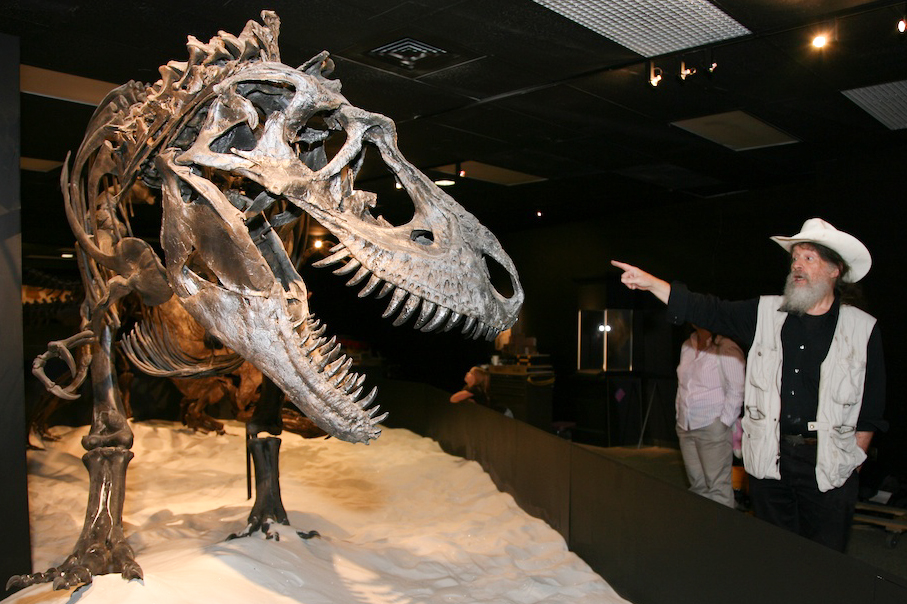
Robert Bakker’s “The Dinosaur Heresies” merits further examination for its transformative impact on both scientific and popular dinosaur literature. Published at a pivotal moment in paleontological history, the book synthesized emerging evidence challenging traditional views of dinosaurs as evolutionary failures. Bakker marshaled evidence from bone histology, predator-prey ratios, posture analysis, and comparative anatomy to build his case for active, endothermic dinosaurs. His chapters on dinosaur social behavior and reproductive strategies anticipated research directions that would flourish in subsequent decades. The book’s confrontational title and Bakker’s willingness to directly challenge established authorities reflected his maverick approach to science communication. While some of his specific hypotheses have been modified by subsequent research, his central argument for dinosaurs as sophisticated, successful animals has been thoroughly vindicated. Perhaps most significantly, the book demonstrated how paleontological writing could simultaneously satisfy scientific audiences while captivating general readers, establishing a template for engaging science communication that continues to influence dinosaur literature today.
Gould’s Evolutionary Perspective
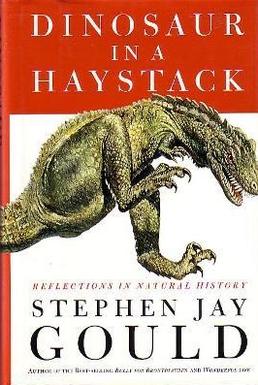
Stephen Jay Gould’s distinctive contribution to dinosaur literature lies in his ability to use these creatures as vehicles for exploring broader evolutionary concepts. In essays like “The Cosmic Dance of Siva” and “Dinosaur in a Haystack,” Gould examines how contingency and chance events shape evolutionary trajectories, using dinosaur extinction as a powerful case study. His writing illuminates how the asteroid impact that ended the Mesozoic Era represents a profound example of how non-biological factors can dramatically redirect evolutionary history. Gould particularly excelled at addressing common misconceptions about dinosaur evolution, carefully explaining why dinosaurs should not be viewed as “failures” despite their extinction, and clarifying their evolutionary relationship to birds. His explorations of how cultural biases affect scientific interpretation remain particularly valuable, showing how changing views of dinosaurs often reflect contemporary social attitudes rather than new fossil evidence. Gould’s integration of history, philosophy, and biology creates a multidimensional perspective on dinosaurs that transcends conventional taxonomic or descriptive approaches.
Horner’s Dinosaur Parenting Revolution
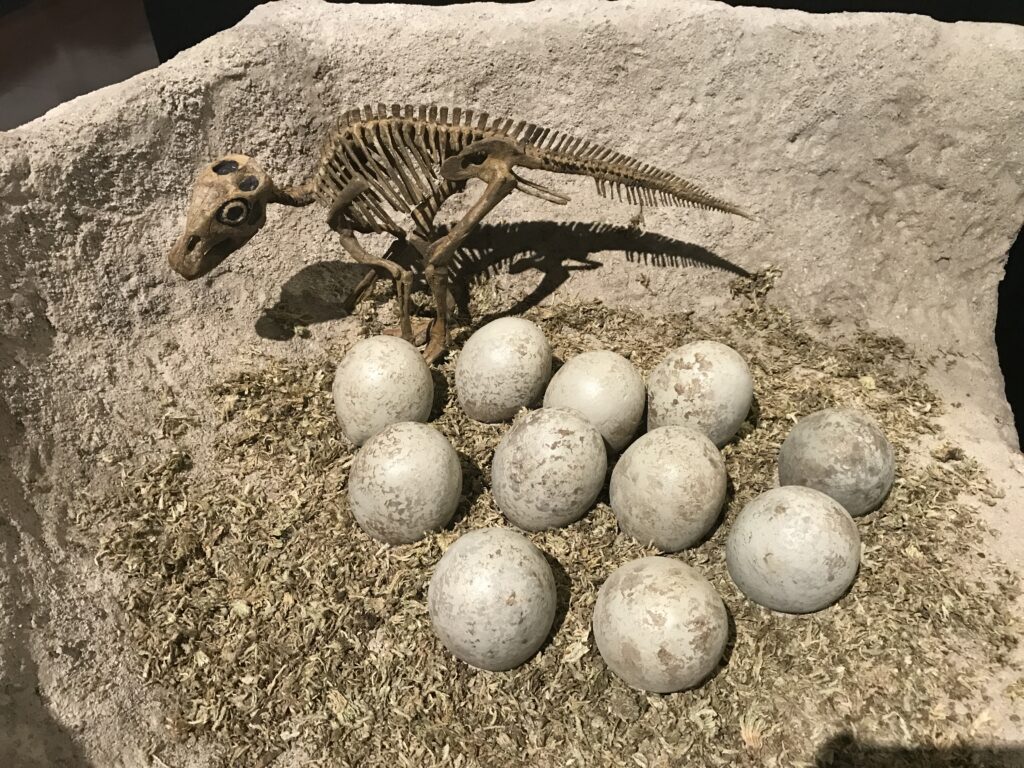
Jack Horner’s research and writing on dinosaur reproductive biology and growth deserve special attention for their profound impact on our understanding of dinosaur life history. His discovery of Maiasaura nesting grounds in the 1970s provided the first definitive evidence of complex parental care in dinosaurs, fundamentally altering perceptions of dinosaur behavior. Horner’s books meticulously document how microscopic examination of dinosaur bones reveals growth patterns, demonstrating that many dinosaurs experienced rapid growth during juvenile stages before reaching sexual maturity. His accessible explanations of bone histology techniques help readers understand how scientists determine dinosaur growth rates, lifespans, and metabolic patterns from fossilized tissues. Horner’s writing on dinosaur ontogeny—the developmental changes from hatchling to adult—has highlighted how dramatically some dinosaur species changed in appearance throughout their lives, explaining why some “different” dinosaur species have been revealed as juvenile forms of known adults. His emphasis on dinosaur behavior and life history has helped shift paleontological focus beyond mere anatomical description toward more comprehensive biological understanding.
Brusatte’s Global Perspective

Steve Brusatte’s approach to dinosaur literature stands out for its comprehensive global perspective, synthesizing discoveries from around the world into a coherent evolutionary narrative. His writing extensively covers important fossil sites beyond North America, including groundbreaking discoveries from China, Argentina, and Africa that have transformed our understanding of dinosaur evolution and diversity. Brusatte excels at explaining how plate tectonics and continental drift influenced dinosaur biogeography, clarifying how different dinosaur lineages evolved in isolation as Pangaea fragmented during the Mesozoic. His descriptions of recently discovered feathered dinosaurs from China provide readers with up-to-date information on the dinosaur-bird transition, one of paleontology’s most active research areas. Brusatte’s integration of modern analytical techniques—including CT scanning, isotope analysis, and computer modeling—reveals how contemporary paleontology extends far beyond traditional fossil hunting. His discussion of extinction mechanisms demonstrates how interdisciplinary research combining geology, chemistry, and paleontology has clarified the complex environmental changes that ended the dinosaur era.
Norman’s Anatomical Excellence
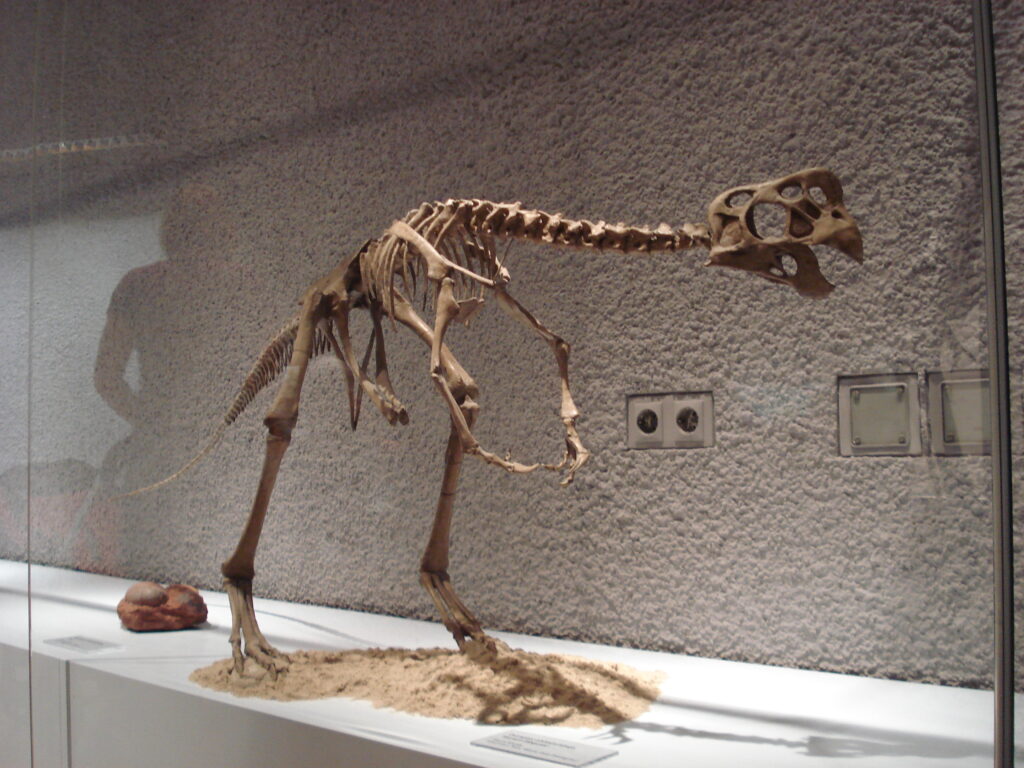
David Norman’s contributions to dinosaur literature are distinguished by their exceptional anatomical precision and attention to skeletal detail. His books feature meticulously researched reconstructions that incorporate the latest fossil evidence, often correcting longstanding misconceptions about dinosaur posture and appearance. Norman excels at explaining functional morphology—how anatomical structures indicate how dinosaurs moved and behaved in life. His writings on ornithischian dinosaurs, particularly Iguanodon and related forms, have been particularly influential in clarifying the evolution and diversity of these herbivorous dinosaurs. Norman’s explanations of feeding mechanisms, including distinctive dental batteries and jaw mechanisms, help readers understand the specialized adaptations that allowed different dinosaur lineages to exploit various plant resources. His careful analysis of locomotor adaptations, from the specialized wrist joints of quadrupedal ornithopods to the balance mechanisms of bipedal forms, demonstrates how fossil evidence can reveal complex biomechanical information. Norman’s work embodies the principle that accurate anatomical understanding provides the essential foundation for all other aspects of dinosaur biology.
The Integration of Art and Science
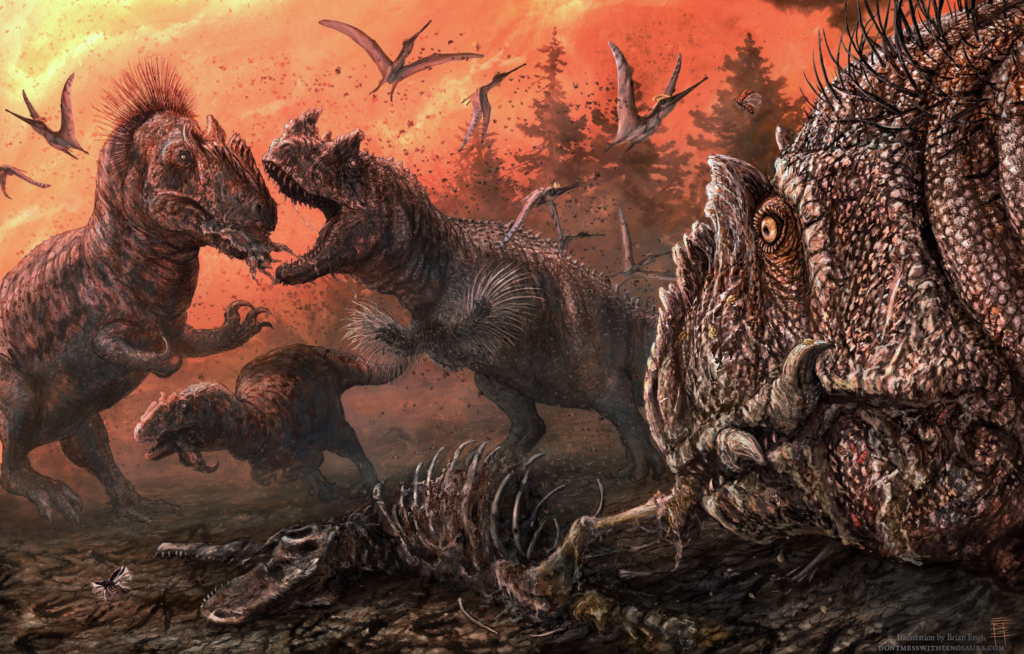
A unifying strength across these five authors is their recognition of the crucial role visual representation plays in communicating paleontological concepts. Bakker’s dynamic, hand-drawn illustrations revolutionized dinosaur depiction, emphasizing musculature and active postures that reflected his views on dinosaur physiology. Gould, though not an illustrator himself, wrote extensively about the influence of paleoart on scientific and public perception, analyzing how artists like Charles R. Knight shaped cultural views of prehistoric life. Horner has consistently collaborated with talented paleoartists to visualize his discoveries, particularly in depicting dinosaur nesting behavior and growth stages that cannot be directly observed in the fossil record. Brusatte’s recent works benefit from state-of-the-art digital reconstructions that incorporate new evidence on dinosaur coloration, feathering, and soft tissue. Norman’s books feature some of the most anatomically precise dinosaur illustrations ever published, often showing skeletal systems alongside life reconstructions to clarify the evidence behind visual interpretations. All five authors understand that effectively communicating dinosaur science requires both verbal and visual languages working in concert.
Reading Across the Collection

The collective works of these five authors offer complementary perspectives that, taken together, provide a comprehensive understanding of dinosaur paleontology. Beginning with Norman provides the essential anatomical foundation and taxonomic framework necessary for deeper exploration. Bakker’s revolutionary perspective then challenges readers to think about dinosaurs as living, active creatures rather than static skeletons. Gould’s essays place dinosaurs within broader evolutionary contexts, examining what these animals reveal about the processes and patterns of life’s history. Horner’s research-focused narratives demonstrate how field discoveries translate into new biological insights, particularly regarding dinosaur behavior and development. Finally, Brusatte synthesizes decades of discoveries into a cohesive narrative spanning the entire Mesozoic, incorporating the latest global discoveries. Reading across these complementary works provides not just facts about dinosaurs, but insight into the scientific process itself—how knowledge is built, challenged, revised, and expanded through ongoing research and debate.
Conclusion: The Enduring Power of Dinosaur Literature
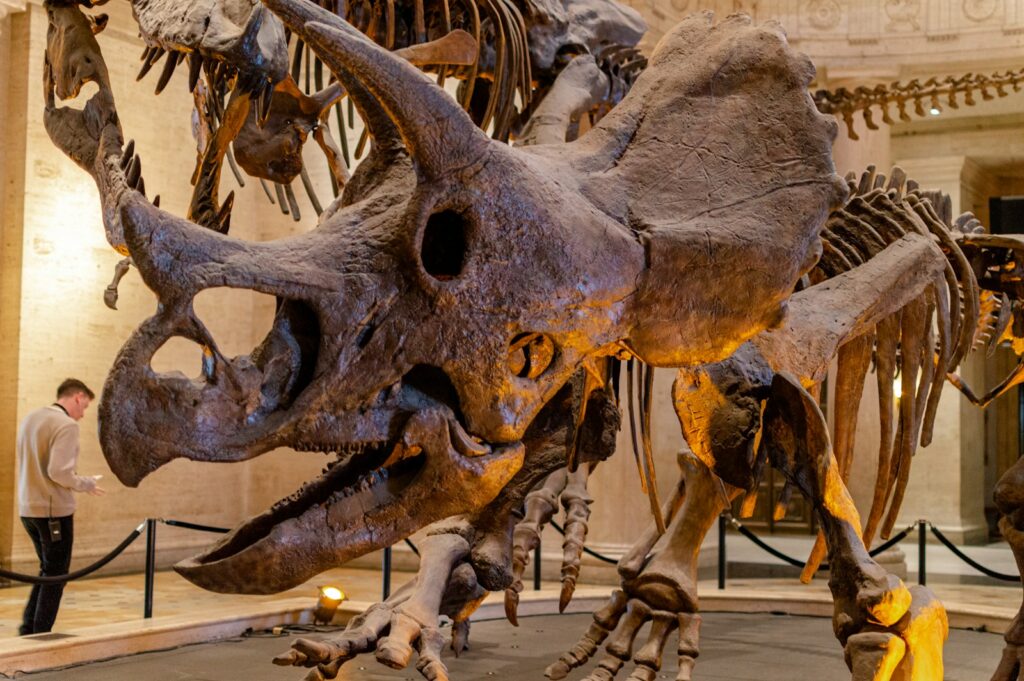
The works of these five exceptional authors demonstrate why dinosaur literature continues to captivate both scientific and popular audiences. These writers go beyond merely cataloging ancient species, instead using dinosaurs as gateways to explore fundamental questions about evolution, ecology, and the history of life on Earth. Their books reveal how paleontology integrates knowledge from geology, biology, physics, and chemistry to resurrect ancient worlds from fragmentary evidence. For science enthusiasts, these works provide not just information about dinosaurs, but insights into the scientific process itself—how researchers form hypotheses, gather evidence, debate interpretations, and gradually build consensus. As dinosaur science continues to advance through discoveries and analytical techniques, the foundational works of these authors remain essential reading, providing the context necessary for understanding new developments in this ever-evolving field. Together, they have transformed dinosaurs from mere museum curiosities into complex biological entities whose study continues to illuminate the wonders of evolution and the dynamic history of our planet.




